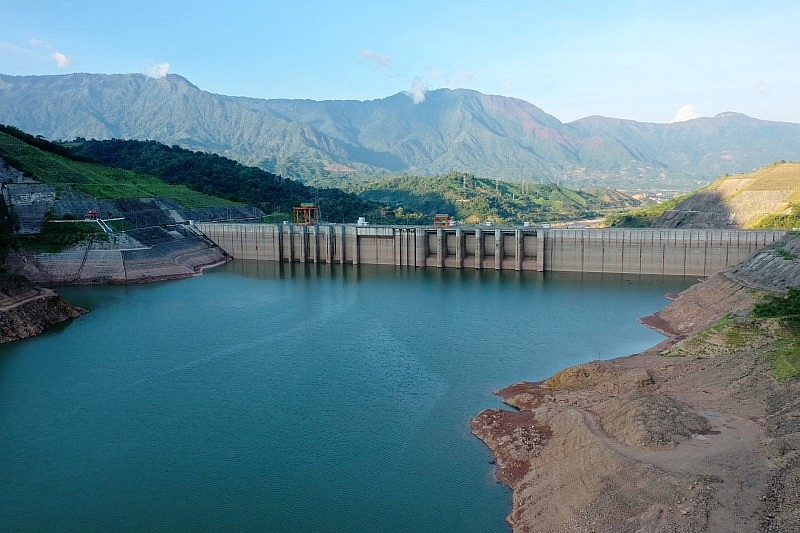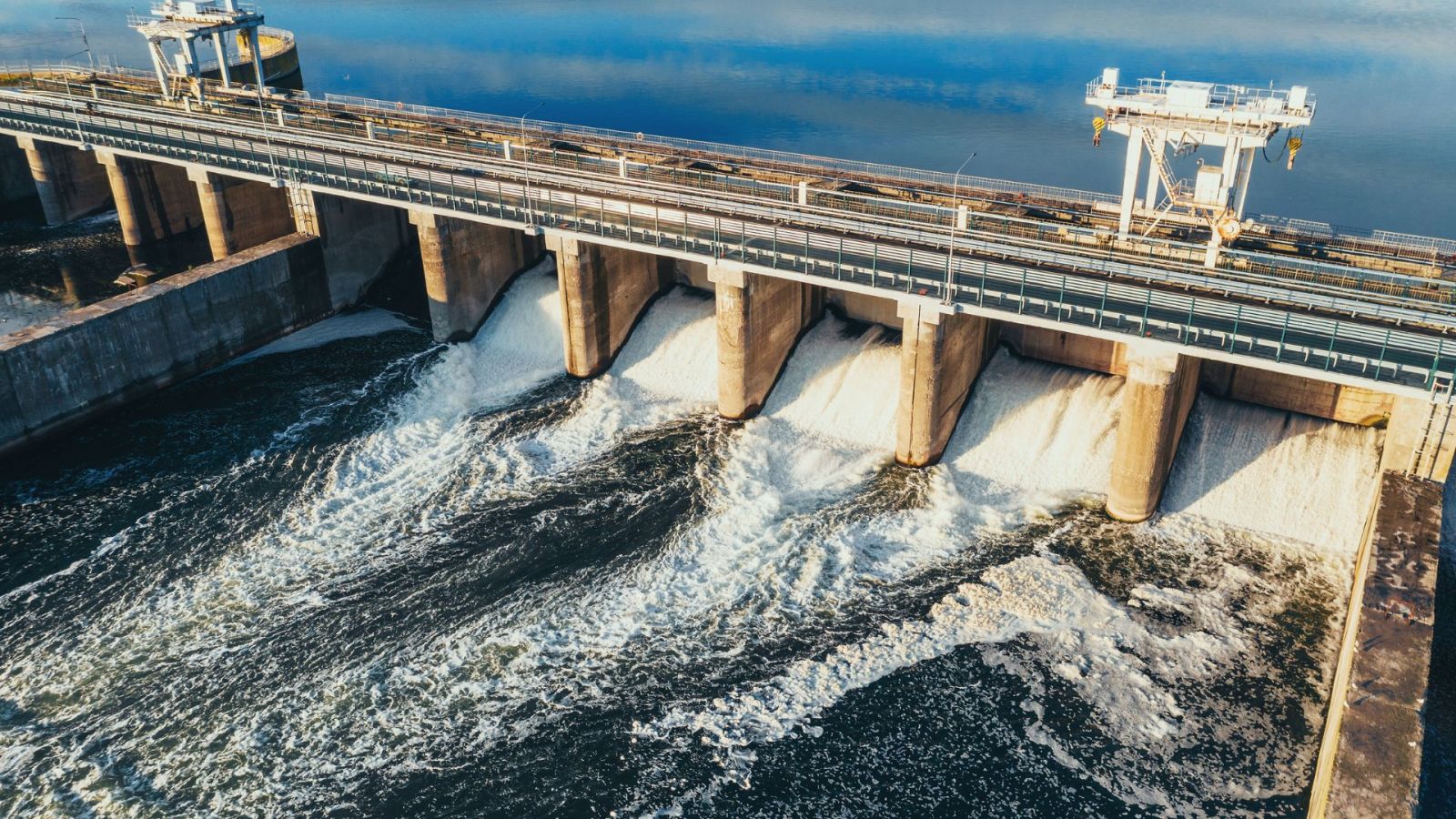Hydropower is a renewable energy source that can significantly contribute to climate action. Unlike fossil fuels, hydropower does not produce greenhouse gas emissions during electricity generation. Instead, it harnesses the power of moving water to generate electricity.

By calculating the emission factor that indicates the amount of CO2 emitted per kilowatt-hour of electricity generated from fossil fuels, the reduction in CO2 emissions from the hydropower plant can be determined.
Currently, we have a hydropower system with a capacity of 2,000 MW per year.
By using recognized standards to calculate emission reductions, the hydropower plant can earn carbon credits for the emissions reductions it generates. These standards are highly rigorous and require projects to adhere to strict procedures for monitoring and certification. When carbon credits are certified and issued, they can be used to offset your emissions.

The Hydropower Carbon Offset program can contribute to helping you achieve the following goals:
Reducing greenhouse gas emissions: Hydropower does not emit greenhouse gases during electricity generation, making it a clean and sustainable energy source. According to the International Hydropower Association, hydropower avoided 3.3 billion tonnes of CO2 emissions in 2019, which is equivalent to the annual emissions of more than 700 million cars.
Providing baseload power: Hydropower plants can provide baseload power, which means they can generate electricity consistently and reliably, unlike other renewable energy sources such as wind and solar power which are dependent on weather conditions. This makes hydropower an essential component of a reliable and stable electricity grid.
Enhancing energy security: Hydropower plants can store large amounts of water behind dams, which can be released during times of high demand or low water levels to generate electricity. This helps to enhance energy security by providing a reliable source of power during times of drought or other emergencies.
Supporting sustainable development: Hydropower projects can provide numerous benefits to local communities, such as improved access to electricity, job creation, and economic development opportunities. Additionally, hydropower projects can contribute to sustainable development by providing water for irrigation, reducing flood risks, and supporting fish migration.
Contributing to climate adaptation: Hydropower projects can help communities adapt to the impacts of climate change by providing water storage for agriculture during droughts, reducing flood risks through flood control measures, and supporting the management of water resources in a changing climate.
In conclusion, hydropower is a valuable renewable energy source that can significantly contribute to climate action by reducing greenhouse gas emissions, providing baseload power, enhancing energy security, supporting sustainable development, and contributing to climate adaptation.
.jpg)


